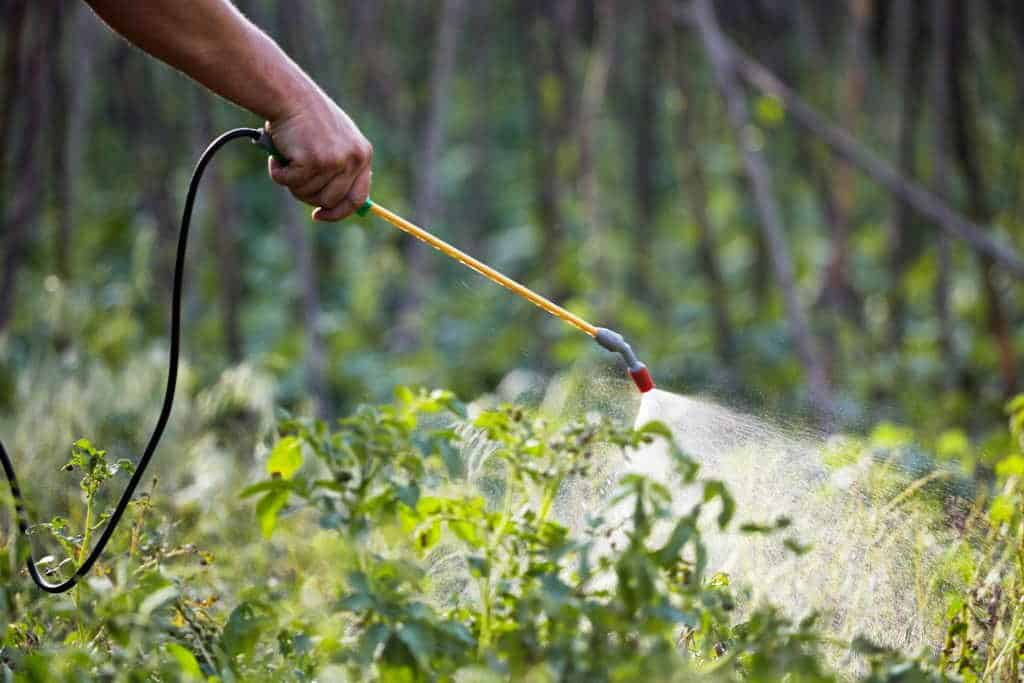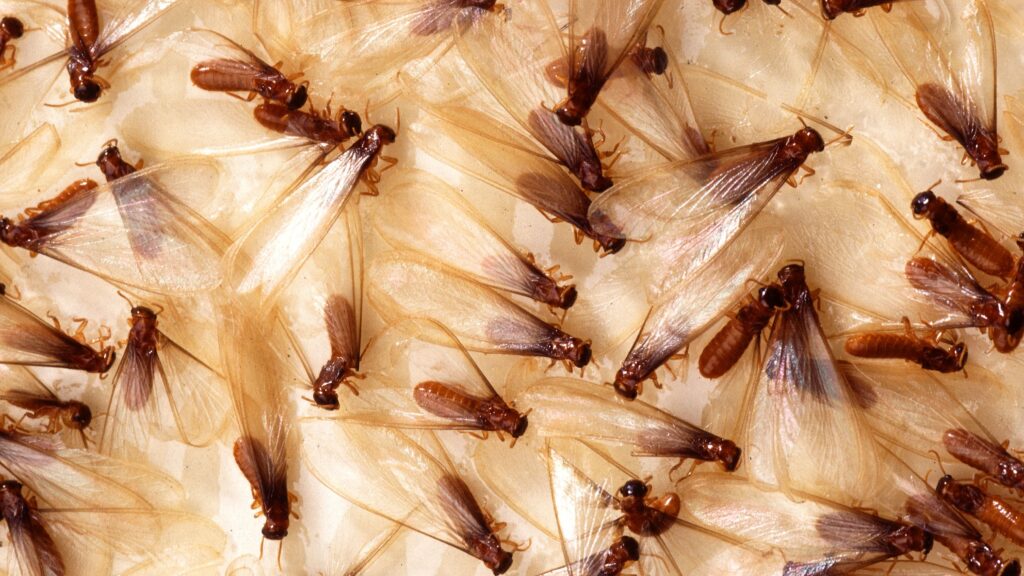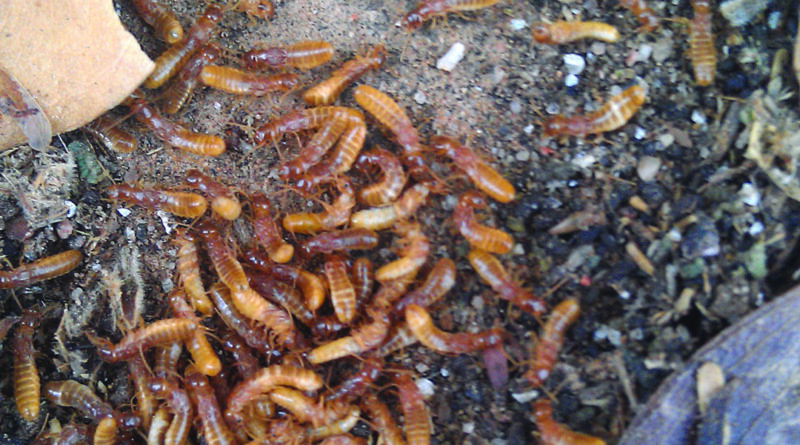Termite Farming
We have different perceptions and values attached to termites. Yes, termites! To some, they are just a destructive insect around the house, that must be destroyed by all means. While to others, they posses some spiritual values. After all, the Bible, says, ” go to the ants, you sloggard”…..
But beyond any biases, termites are not just one of those insects, but a major source of global business.
Termite farming, also known as termite cultivation or entomoculture, is the practice of breeding and harvesting termites for human consumption, animal feed, or other commercial purposes.
Why Farm Termites?
- Protein source: Termites are rich in protein (60-70%), making them a valuable food source for humans, livestock, and poultry.
- Sustainable: Termite farming is considered environmentally friendly, requiring minimal land, water, and feed.
- Low-cost: Initial investment and operational costs are relatively low.
- Diversified income: Termite farming can provide additional income streams for rural communities.
Types of termite farming:
- Intensive farming: Controlled environments, often using specialized equipment and feed.
- Semi-intensive farming: Combination of natural and controlled environments.
- Extensive farming: Harvesting termites from natural habitats.
Termite species farmed:
- Macrotermes natalensis (most commonly farmed)
- Odontotermes spp.
- Microtermes spp.


Uses of farmed termites:
- Human consumption (roasted, fried, or boiled)
- Animal feed (poultry, fish, livestock)
- Organic fertilizer
- Biomedical applications (antibacterial, antioxidant properties)
- Insect-based food products (e.g., termite flour)
Challenges and limitations:
- Disease management
- Climate and weather sensitivity
- Feed availability and quality
- Market demand and acceptance
Regions practicing termite farming:
- Africa (e.g., Ghana, Nigeria, South Africa)
- Asia (e.g., China, Indonesia, Thailand)
- Latin America (e.g., Brazil, Colombia)
- Australia
Termite farming has potential as a sustainable, protein-rich food source, but its development and commercialization face various challenges.
Would you like more information on termite farming or its applications?

